Why do old people cry?
In the clinic or life often encounter elderly people to reflect their love of tears, some elderly people because of long-term tears, has caused red eyelids, swelling, pain, and even erosion; Some elderly people buy a variety of eye drops to reduce the symptoms of tears, but after use, the effect is not ideal; Some elderly people to a number of hospitals without effect; Other elderly people fear that their eyes will go blind and panic. So what causes tears in older people? How to treat it?
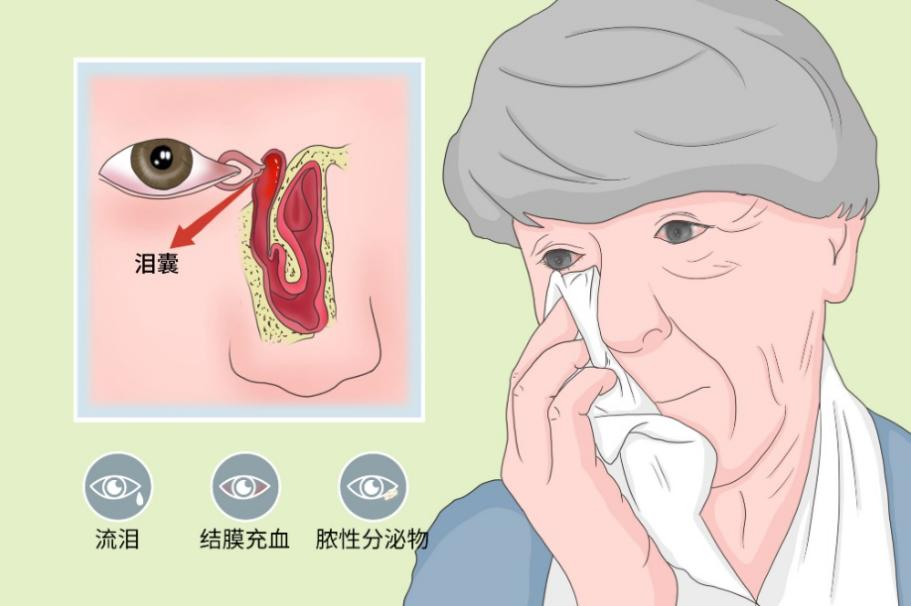
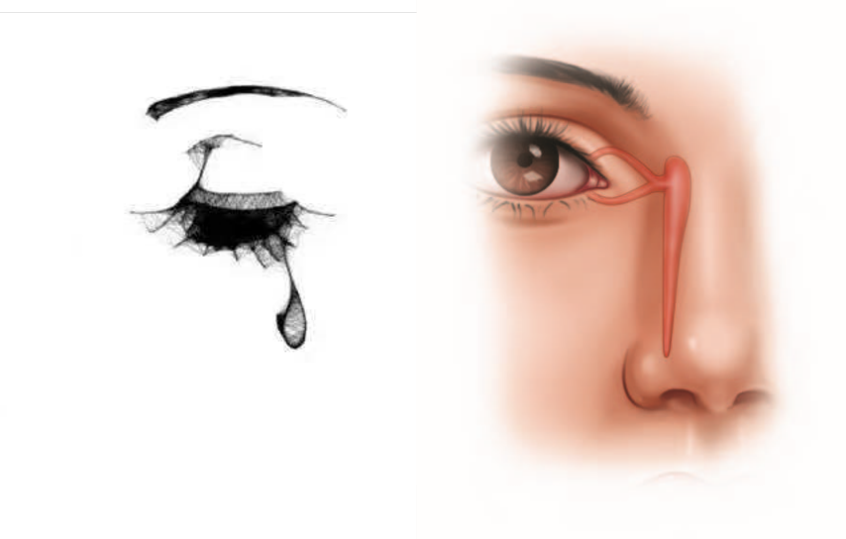
Tears are produced by the lacrimal gland, an organ in the body that secretes tear fluid. Eyelids (commonly known as eyelids) near the inner corner of the edge of the two small holes, called the upper and lower tears, tears are from these two small holes into the tear passage, and finally into the nasal cavity, so usually do not shed tears. However, because of emotional excitement or eyes are stimulated by foreign objects or irritating smells, tear secretion will increase dramatically, and there will be obvious tearing symptoms. The causes of tears in the elderly can be divided into two categories: abnormal tear secretion and abnormal tear drainage.

1. Abnormal tear secretion:
Studies have shown that normal adults in the awake and calm state, 16 hours secrete about 0.5-1.0ml of tears, these tears in addition to wetting the eyeball and partial evaporation, the remaining tears by the tear duct into the nasal cavity. Lacrimal glands secrete excessive tears, mostly paroxysmal. It can be seen in lacrimal gland inflammation, lacrimal gland cyst or lacrimal gland tumor. It can also be seen in neural tears: including tears caused by stimulation of the trigeminal nerve, tears caused by visual stimulation, tears caused by facial nerve stimulation, etc. It can also be seen in symptomatic tearing: trichiasis irritation, chronic inflammation, such as conjunctivitis, keratitis, marginal facial inflammation and other irritation, especially in the late stage of trachoma, is a common cause of tears in the elderly.
There is also a special disease with watery symptoms: crocodile tears syndrome, also known as Bogorad's disease, can also be called appetite tears syndrome. Bogorad was inspired to get the name in 1928 by the phenomenon of crocodiles shedding tears while swallowing food. It's a rare disease that causes you to cry while eating. It is more common in the facial nerve canal disease or the geniculate ganglion disease of the facial nerve, such as the recovery period of peripheral facial nerve paralysis. Caused by the growth of a nerve that innervates the secretion of saliva into the nerve that innervates the lacrimal gland. It is divided into congenital and acquired nature. Congenital "crocodile tears" due to dysplasia or birth injury, the acquired nerve dislocation growth when the facial nerve paralysis recovery, resulting in the secretion of saliva tears at the same time. Crocodile tear syndrome is a common symptom of the aftereffects of facial palsy, in which patients shed tears while eating, usually in the weeks or months following facial nerve paralysis.
2. Abnormal tear drainage:
Under normal circumstances, the tear is secreted by the lacrimal gland or accessory lacrimal gland, flows through the surface of the eyeball to the lacrimal lake in the inner canthus, and drains into the nasal cavity through the lacrimal point, lacrimal canalicle, dacryocapsular duct, lacrimal sac, and nasolacrimal duct. The tears overflow through the palpebral margin due to the narrowing and obstruction of the lacrimal duct system and abnormal siphoning function is medically called dacryorrhea. Common causes of abnormal tear drainage are:
(1) lacrimal ectropion and inversion, of which the following lacrimal ectropion is the most common, and the elderly often aggravate the lower lacrimal ectropion due to improper lacrimal wiping.
(2) Stenosis or obstruction of the lacrimal passage: stenosis or obstruction of any part of the lacrimal point, lacrimal canaliculi, lacrimal duct, lacrimal sac, and nasolacrimal duct. Most of them are inflammatory obstruction, but they can also be caused by congenital abnormalities, trauma, and tumor compression. Chronic inflammation of the nasal cavity, nasal polyps, etc., can also lead to stenosis or obstruction of the lower nasolacrimal duct, and then cause dacryorrhea.
(3) lacrimal duct syphon insufficiency: It means that the normal diastolic function of the lacrimal sac is weakened, and the physiological drainage of tears is obstructed. The orbicularis oculi muscle in the elderly is weak and loses the function of driving tear drainage. Or due to dacryocystitis, tumor caused by lacrimal sac spot contracture or atonic enlargement caused by dacryocystitis.
(4) Conjunctiva laxa: Studies in recent years have found that conjunctiva laxa is not uncommon in clinical practice, but it is easy to be mistaken for normal senile changes and is ignored. In these patients, due to the uncoordinated changes in the eye tissue, the bulbar conjunctiva became thinner, the elasticity decreased, and the tension decreased, and the pressure of the lower eyelid on the bulbar conjunctiva was not reduced correspondingly. When the eyelid is pushed upward or closed, the relaxed conjunctiva forms folds, which pile up between the eyeball and the upper edge of the lower eyelid, protrude on the surface of the eyeball or directly cover the lower tear point, affecting the flow, distribution and excretion of tears, so that tears cannot be normally drained into the tear passage and directly flow out of the eyelid.
In addition, it is also necessary to remind elderly friends that with the development of society, lifestyle and eye habits are gradually changing: more and more people cannot live without smart phones and computers. The elderly use mobile phones, tablets and other electronic products are also easy to cause visual fatigue, or eye fatigue, it will cause dry eyes, acid distension, tears and other discomfort. Eye fatigue can also cause and aggravate various eye diseases. Please pay more attention to the elderly friends. The best way to relieve eye strain is to rest your eyes.
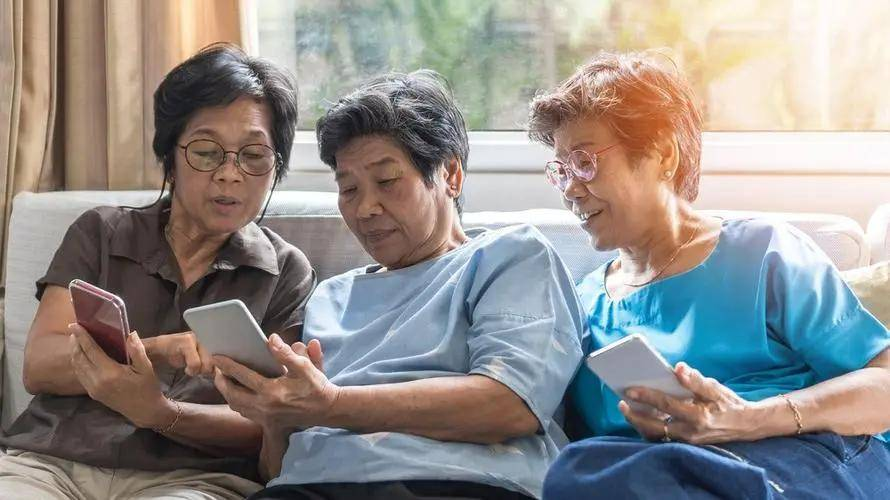
Regarding the treatment of tears in the elderly: it is necessary to identify the cause, treat the cause, and remove the cause as much as possible, especially the eye and orbital lesions. If the cause is unknown or there is an abnormal tear secretion that is impossible to remove the cause, Coco chooses methods to reduce the secretion of the lacrimal gland, such as partial lacrimal gland resection, X-ray irradiation, and partial lacrimal duct removal to cause secondary atrophy of the lacrimal gland and reduce tears. For patients with "crocodile tears", anticholinergic drugs, local closure of sphenopalatine nerve and cutting off abnormal reflex arc can also be used. Patients with valgus or varus of lacrimal point need surgical correction.
For patients with stenosis or obstruction of lacrimal passage, laser lacrimal passage plasty, artificial lacrimal passage stent implantation, nasal dacryocystostomy, saphenous vein transplantation of lacrimal passage reconstruction can be performed according to the location and degree of obstruction. For patients with lacrimal sac siphoning insufficiency: nasal dacryocystostomy is feasible, and tears are drained after surgery due to the gravity and siphoning effect of tears. For patients with conjunctival relaxation, mild cases can be treated with local massage and hot compress with wet towel, if ineffective, surgery is needed. Older people who are used to wiping tears down hard should change this habit and learn to wipe tears correctly. The correct method should be to wipe the nose side or gently blot the outer corner of the eye.
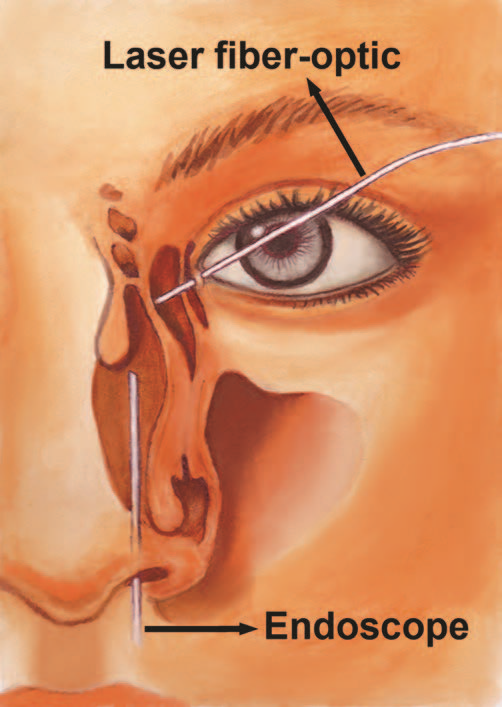
Schematic diagram of surgical approach to lacrimal passage
In addition, these elderly people should also avoid irritants. Eat light food, eat less irritating spicy food, avoid contact with irritating items, cold and windy days should reduce outdoor activities. Avoid using eye drops. Eye drops for eyelid relaxation, conjunctival relaxation caused by tears are not beneficial, on the contrary, the abuse of eye drops, especially hormone eye drops, not only lead to dry eyes discomfort, but also lead to glaucoma and cataracts.
If there is visual fatigue, you can relieve it in these ways under the guidance of the doctor: 1, change bad habits: most visual fatigue may be caused by staying up late, lack of sleep, etc., the elderly should ensure adequate sleep in daily life, go to bed early and get up early, avoid staying up late, and avoid excessive use of the eyes. 2, hot compress: When there is visual fatigue, you can use a warm hot towel to apply a hot compress to the eyes, which can promote blood circulation around the eyes and relieve eye fatigue symptoms. But you need to pay attention to eye hygiene and choose the right temperature. 3. Drug treatment: Aesculin digitalis eye drops, sodium hyaluronate eye drops, vitamin B12 eye drops and other drugs can be used under the guidance of a doctor to relieve fatigue symptoms if necessary. It should be particularly reminded that if accompanied by obvious discomfort, it is recommended to seek medical attention in time to avoid delay in treatment.
These are just some of the basic prevention and treatment of tears in the elderly. It is necessary to remind everyone that if you find that there are obvious symptoms of lacrimalrhea, especially when there is mucus or pus flowing from the corner of the eye, you should go to the eye clinic in time and treat it as soon as possible.
About the author:
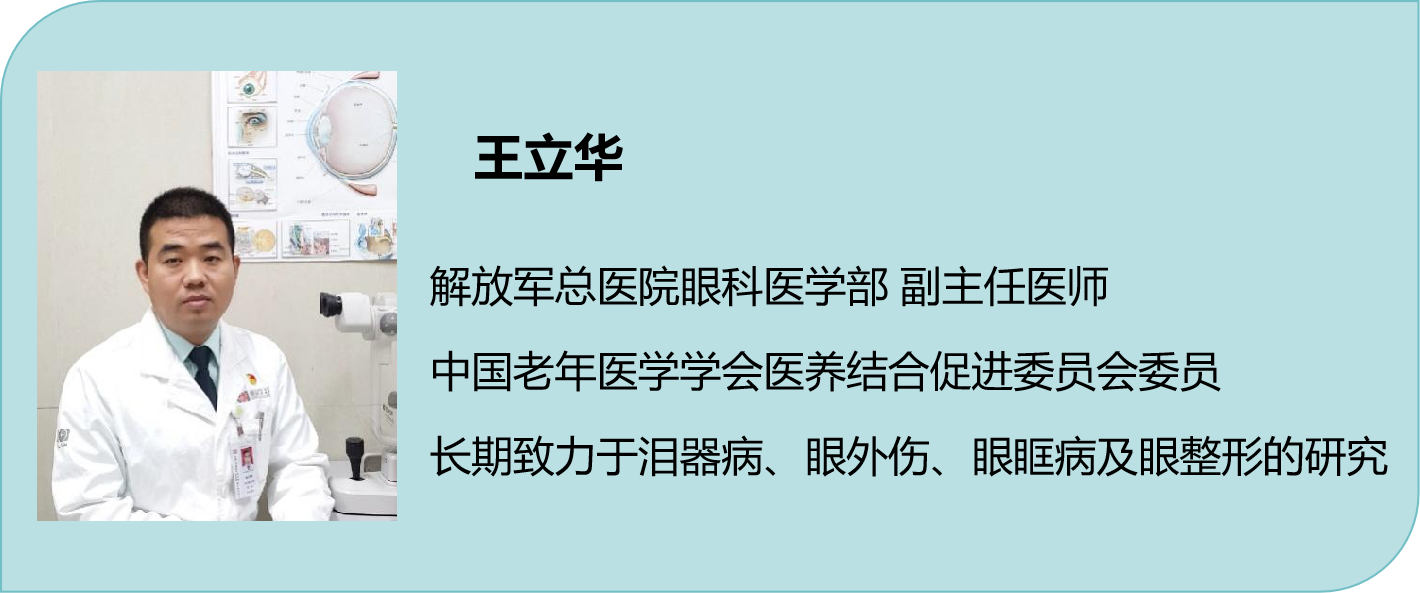
(The opinions expressed are solely those of the author. Some pictures in this article are from the Internet, if there is infringement, please contact to delete)

